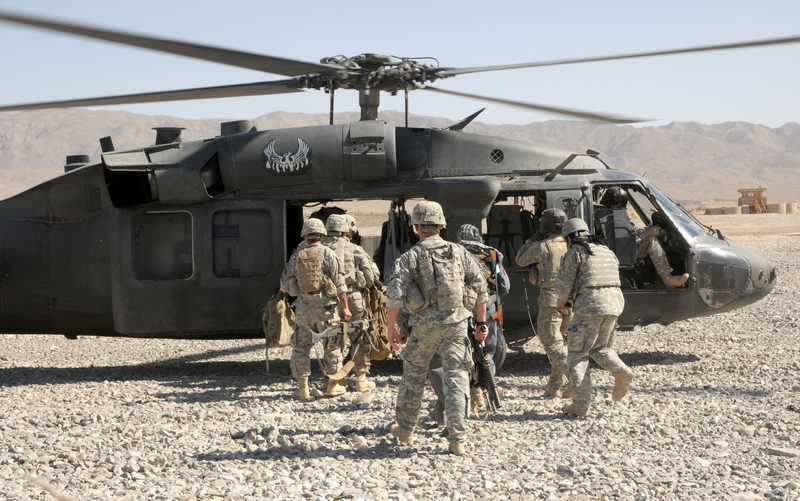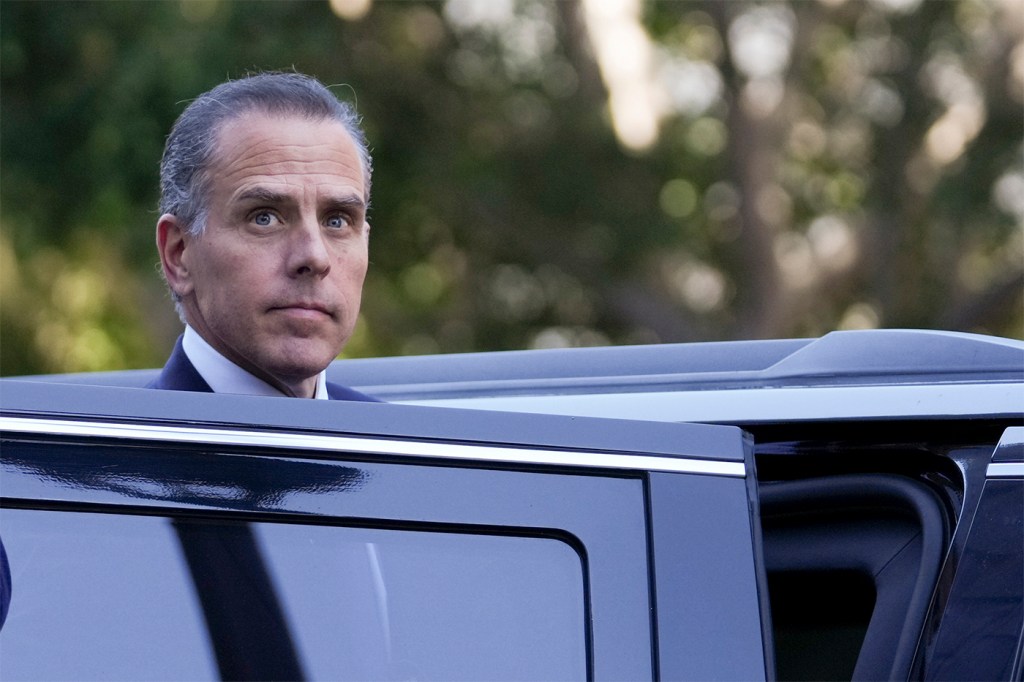3Qs: Evaluating U.S.-Afghanistan relations

 On the eve of the one-year anniversary of the killing of Osama bin Laden, President Barack Obama headed to Afghanistan to sign a strategic partnership pact with President Hamid Karzai. We asked Kimberly Jones, a faculty associate in Northeastern University’s Middle East Center for Peace, Culture and Development and of the international affairs program, to examine the state of U.S.- Afghanistan relations.
On the eve of the one-year anniversary of the killing of Osama bin Laden, President Barack Obama headed to Afghanistan to sign a strategic partnership pact with President Hamid Karzai. We asked Kimberly Jones, a faculty associate in Northeastern University’s Middle East Center for Peace, Culture and Development and of the international affairs program, to examine the state of U.S.- Afghanistan relations.
How has the U.S.-Afghanistan relationship evolved since Osama bin Laden’s death?
Although the U.S. went into Afghanistan to go after al-Qaida, bin Laden was found and killed in Pakistan. That fact has a number of implications for all involved. I think an interrelated point that we have to think about is the U.S.-Pakistan relationship and its impact on our engagement with Afghanistan as well as Afghanistan’s engagement with Pakistan and its neighboring rival India.
In terms of U.S.-Afghanistan relations, the last year has been one of ups and downs. On the positive side, the U.S. has made moves to reduce its figurative and literal footprint in that country — there are more Afghan security forces and more personnel have been trained and partnered with NATO troops. Events such as the U.S. soldiers’ burning of the Korans and the massacre of 16 Afghans, many of them children, however, have negatively impacted relations.
What does the U.S.-Afghanistan pact — and Obama’s latest commitment regarding troop withdrawal — mean for the future relationship between the two countries?
I think we’re still figuring it out. On one level, the pact embodies a commitment to Afghanistan — based on U.S. national-security interests — that emphasizes the country’s physical security and issues relating to governance, development and human rights.
It’s not a terribly lengthy document and there are a lot of details not contained therein that will impact how this agreement plays out. How future Afghan and U.S. administrations view the agreement and their respective obligations is also critical. Much has changed in 10 years of war — and even more will likely change between now and 2024.
Patience and an emphasis on the long term will be key to seeing this commitment through on the part of policymakers, politicians and the American public.
How has al-Qaida changed since bin Laden’s death? Have the United States’ priorities toward the terror organization also changed in that time?
The al-Qaida core, once in Afghanistan and now, in part, in Pakistan, has been severely hampered. Many have been killed and have had to change their calculus about how they can effectively engage with affiliate groups like those in Yemen, Somalia and the Maghreb, with followers, and with its perceived enemies. Bin Laden’s successor, Ayman al-Zawahiri, is a very different character and leader.
The al-Qaida affiliates — AQ in the Arabian Peninsula (predominantly Yemen), the Islamic Maghreb — have gained prominence in the debate. They pose different challenges for U.S. counterterrorism policymakers because they emerged out of and operate in different conflict contexts and have different strategies about engagement (or lack thereof) of the U.S. as a targeted enemy.
Another component of the al-Qaida evolution is the increased attention paid to the so-called inspired lone wolf — the person who, for a range of reasons, might look for and find resonance in the al-Qaida message and would operate completely outside of any traditional command and control structure. Detecting, disrupting and deterring plots concocted by such figures require a different approach.
All of this sounds very ominous, and on some levels it is. However, we should keep in mind that terrorism, particularly in terms of successful attacks on U.S. soil, is a relatively rare phenomenon. Assessing each threat individually and identifying vulnerabilities remain a key challenge and one that U.S. counterterrorism officials and analysts diligently strive to meet.





